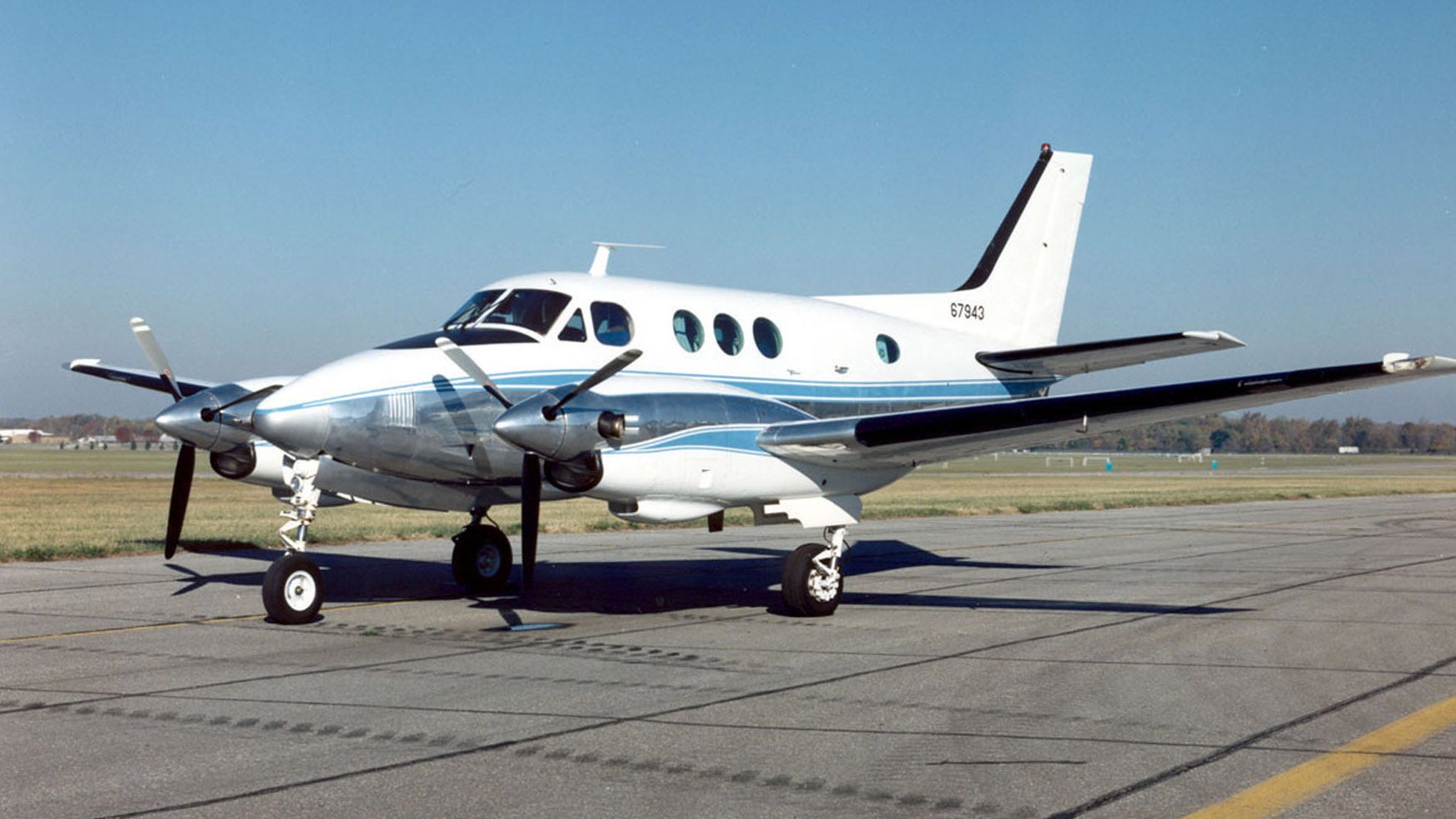Hear the words ‘Air Force One’ and the chances are the aircraft you picture is not a propeller-driven, adapted utility transport, with four passenger seats and a couple of foldout tables, whisking its high-profile passengers along at a leisurely speed of just over 250 miles per hour. Back in 1966, however, the U.S. Air Force really did assign a single VIP-configured Beechcraft twin turboprop to the mission of presidential transport, for the use of President Lyndon B. Johnson and his family.
Receiving the Air Force designation VC-6A, the one-off aircraft, serial number 66-07943, was based on the civilian B90 King Air. For its time, this was among the most popular executive twin-turboprops available, and for good reason. Even in the basic version offered on the commercial market, the B90 featured cabin pressurization, seating for up to nine including the pilot, and compared to its predecessors, it added more powerful Pratt & Whitney PT6A-20 turboprops each rated at 550 horsepower.
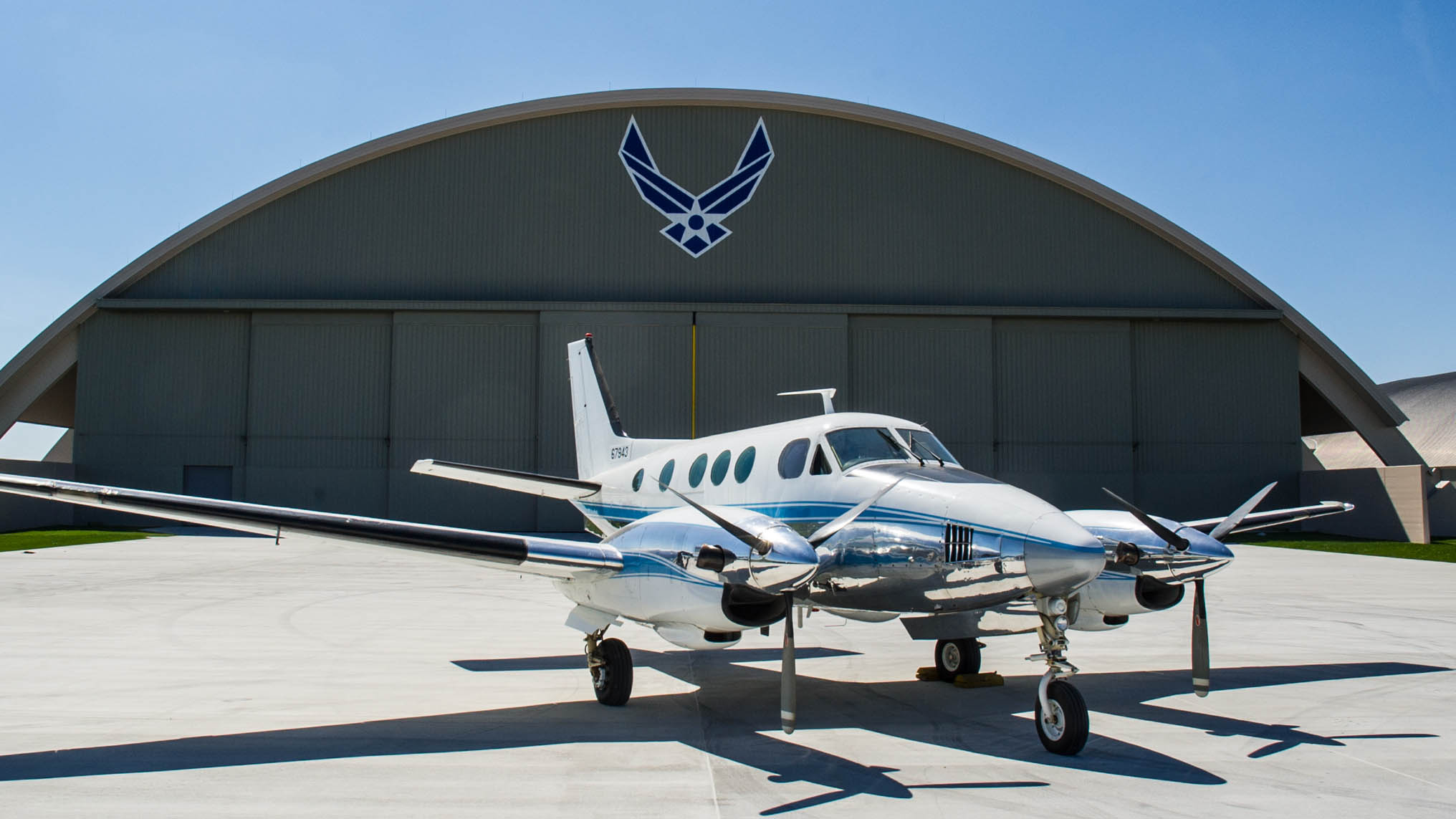
“The aircraft was faster and more agile than other light transport aircraft and featured full pressurization for comfort at high altitudes,” in the words of the National Museum of the United States Air Force’s official online history of the VC-6A.
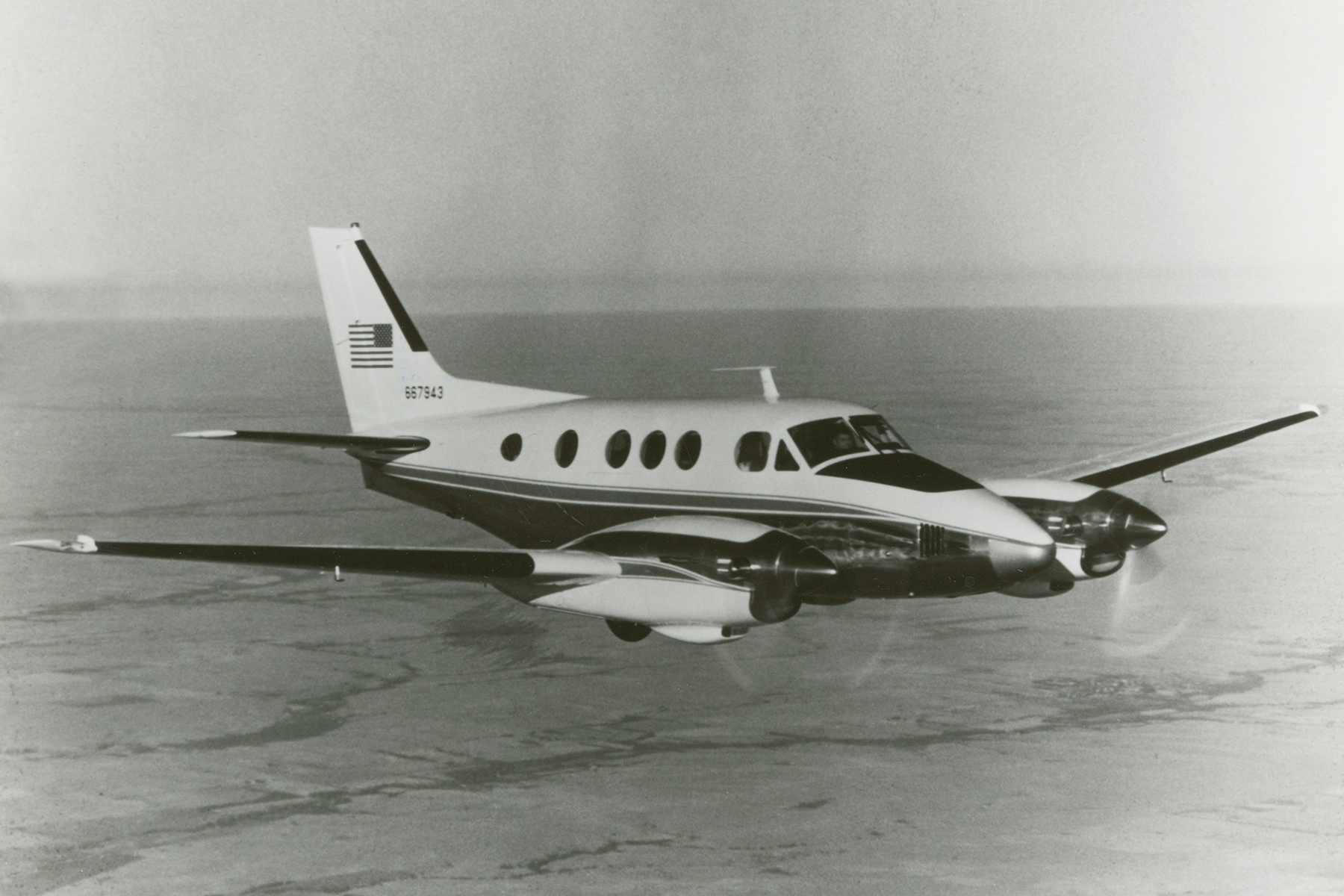
The changes introduced for the aircraft’s presidential transport included all-weather navigation and de-icing equipment. Newly installed reversible propellers allowed the aircraft to land on very short runways if required. All this came at a cost of $436,0000 and, according to the late aviation historian Robert F. Dorr, it was “purchased expressly to meet Lyndon B. Johnson’s needs.”
Once in service, the VC-6A duly served primarily as the personal transport for Johnson and his family, earning the nickname “Lady Bird Special,” on account of the First Lady, Claudia “Lady Bird” Johnson. In this role, the aircraft ferried the first family between Bergstrom Air Force Base in Texas — today home to Austin-Bergstrom International Airport — and the roughly mile-long airstrip at the Johnson Ranch, near Stonewall in Texas, around 70 miles to the west.

While the Johnson Ranch airstrip was plenty long enough for the VC-6A, and even the turbine-powered VC-140B JetStar “Air Force One Half” also used by Johnson, it couldn’t accommodate the more familiar VC-137B that was the best-known user of the Air Force One callsign in this era. Instead, the President would take the VC-137B into Bergstrom before using the smaller VC-140B — or the even smaller VC-6B — as a shuttle to their destination. The VC-6B had seating for Johnson and up to three other family members, visiting dignitaries, or high-level government personnel.
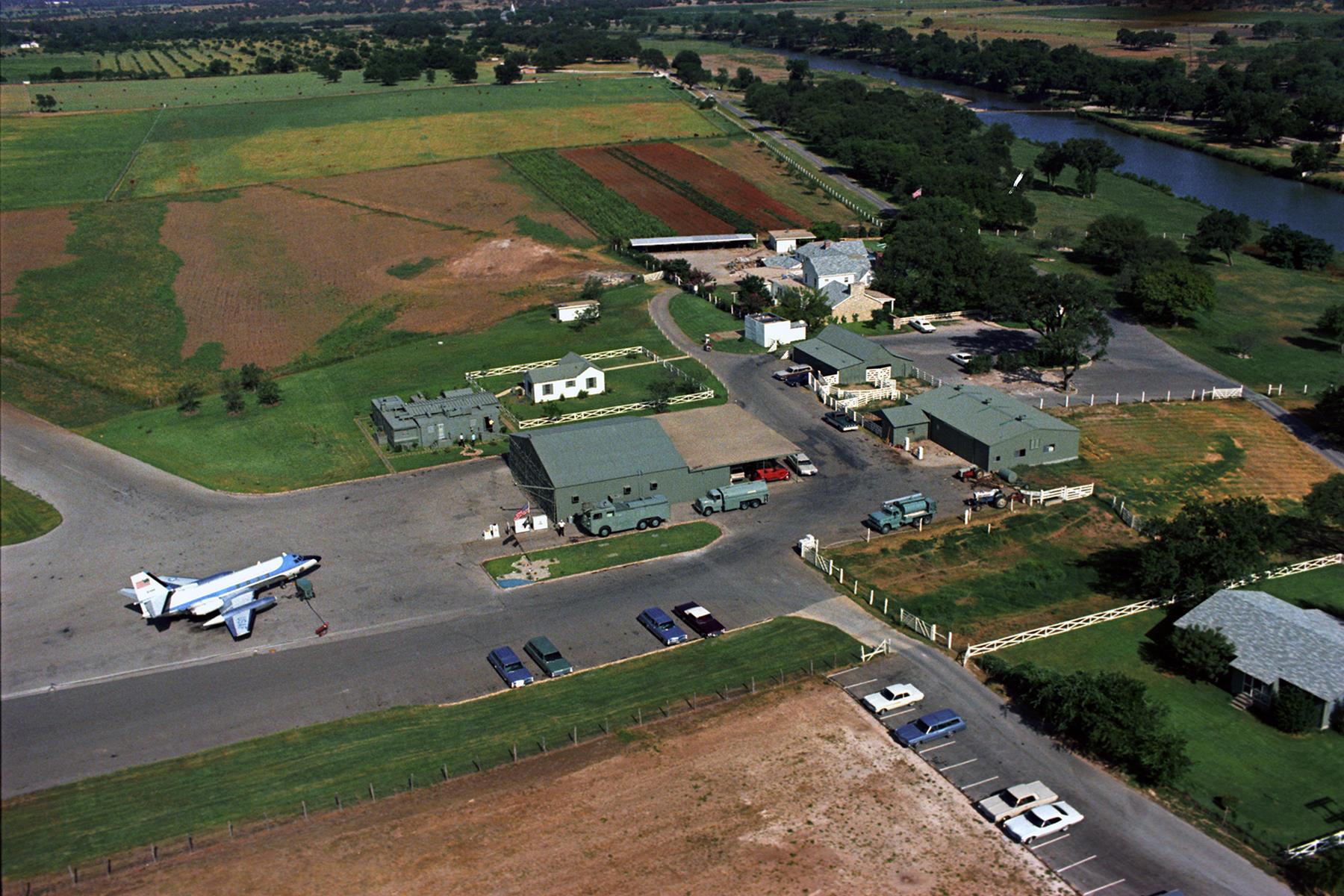
After President Johnson left office in January 1969, the VC-6A remained in use as an executive transport with the 89th Military Airlift Wing at Andrews Air Force Base, Maryland. Finally, in September 1985, it was retired and took up its place at the National Museum of the United States Air Force near Dayton, Ohio.

As a footnote to the VC-6A story, it’s worth noting that the U.S. Army also acquired a single example, which was also associated with at least one high-profile passenger. The Army’s VC-6A, serial number 66-15361, was based on the civilian Model 65-A90 and was used to ferry the rocket and space technology pioneer Wernher von Braun between the Redstone Arsenal in Alabama and the military testing area at the White Sands Missile Range, New Mexico, where he oversaw rocket experiments during the 1960s. Today, this aircraft is also on public display, at the White Sands Missile Range Museum.
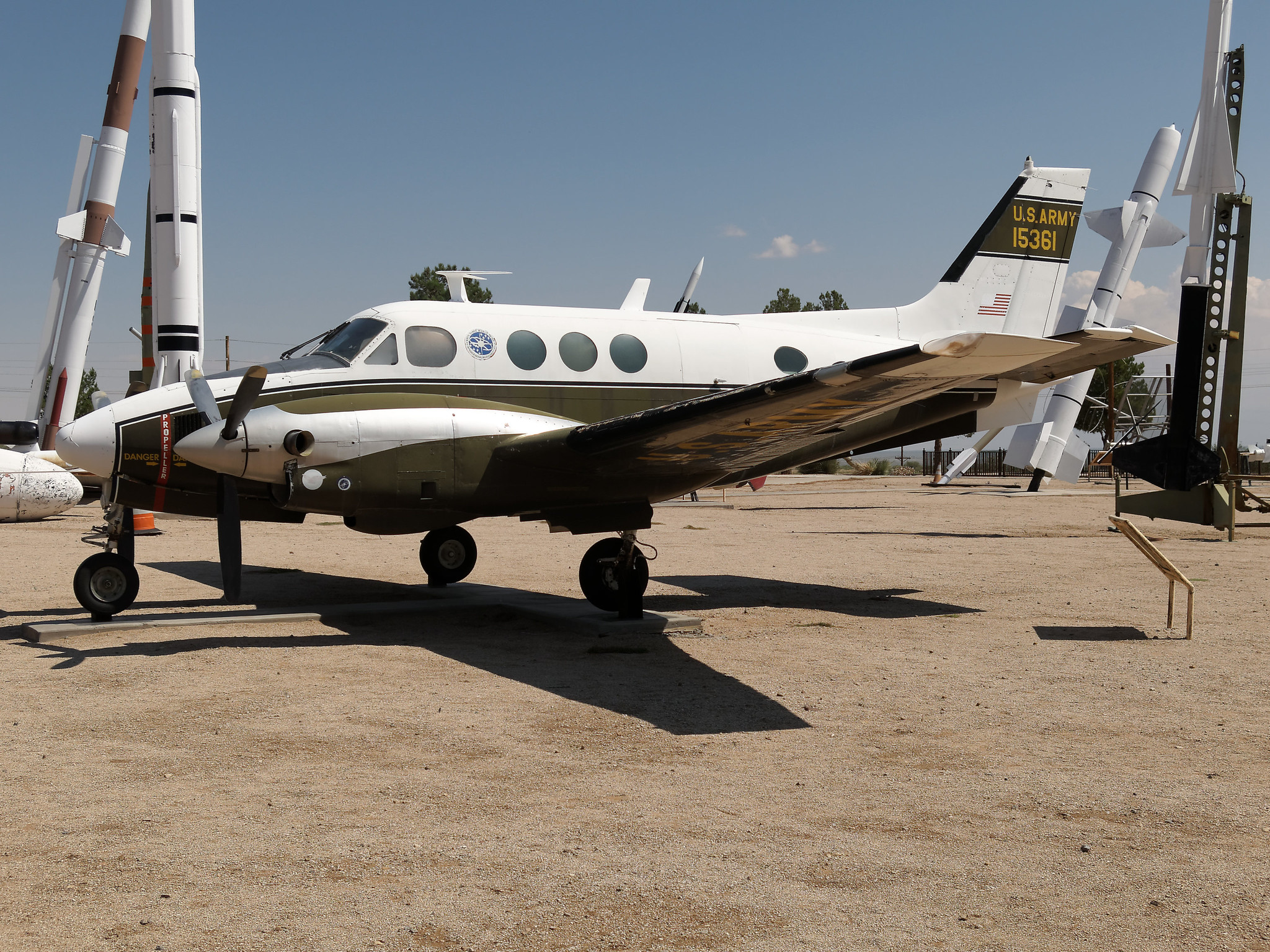
Different variants of the King Air, of course, remain in frontline service with and on behalf of the U.S. military, but it’s fitting in particular that the sole Air Force VC-6A is preserved today, as a reminder of how this type’s illustrious service career began, and of the surprising variety of the high-profile presidential air transport mission and the many historic milestones it has witnessed.
Contact the author: thomas@thedrive.com
